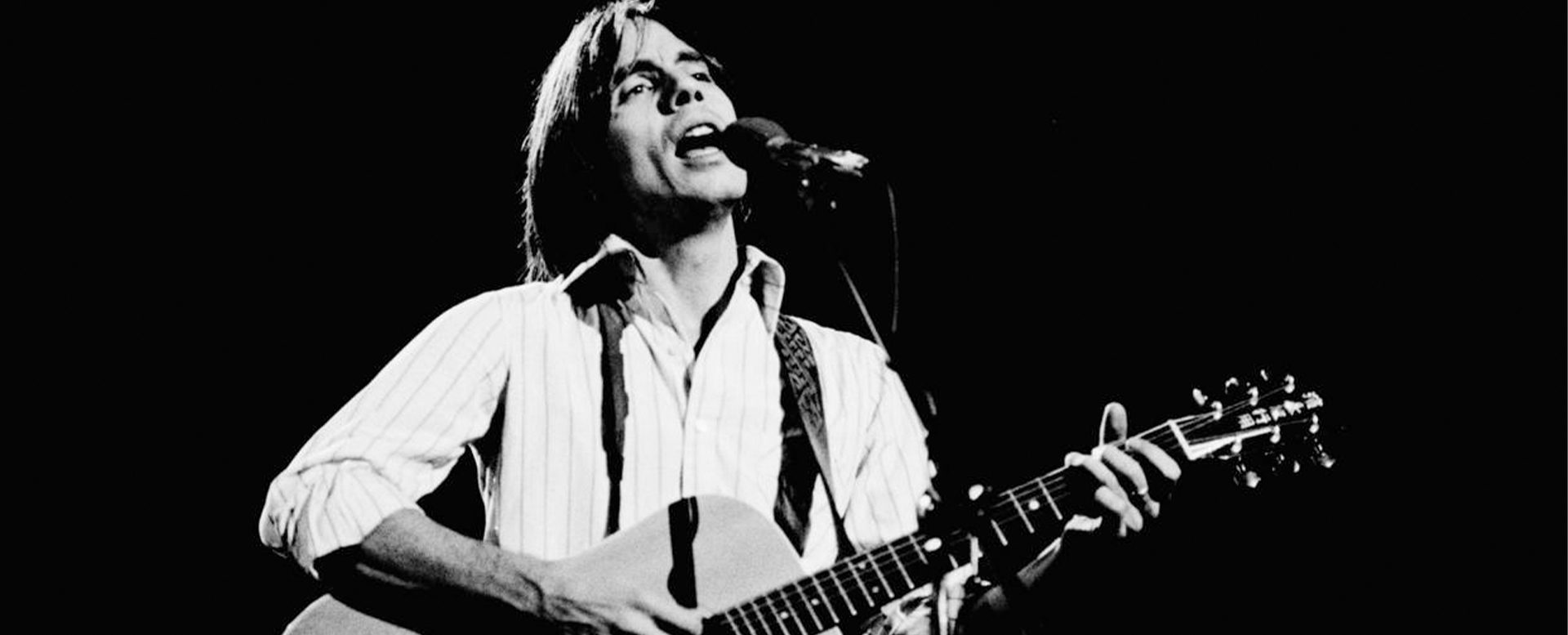About This Lesson
In this lesson, students practice creating multi-step operations to solve real-life problems related to touring costs. Using Jackson Browne’s 1978 tour as a case study, students calculate the fuel costs associated with touring. Students then role play as band members going on their first national tour, and create a budget taking into account some touring costs. As an extension activity, they consider the costs and benefits associated with more sustainable means of transportation, such as biodiesel and electric vehicles.
Touring is one of the primary avenues available to musicians seeking to make a living. In fact, with streaming providing even less money to artists than physical record sales, selling tickets and merchandise on the road has, for the majority of musicians, become a necessity.
As groups like the Grateful Dead have demonstrated, touring alone offers the possibility to propel musicians into stardom—but it’s no guarantee. Traveling from city to city is expensive: musicians need to consider transportation costs, food, lodging, as well as budget for unknown expenses such as vehicle breakdowns and cancelled concerts. Negotiating these touring costs, in addition to constant travel and performing, can also be emotionally and physically draining for musicians on the road.
One of the most iconic works that examines the stresses of a musician “on the road” is Jackson Browne’s 1977 album Running on Empty. His 5th album, Running on Empty was recorded entirely while Browne was touring, and the songs reflect many of the joys and frustrations of being on the road. Of course, the title of the album (as well as one of the hit songs within the album) has a dual meaning, describing the exhaustion associated with constant travel, and also one of the more mundane challenges of touring: having enough gas to get to the next show.
















